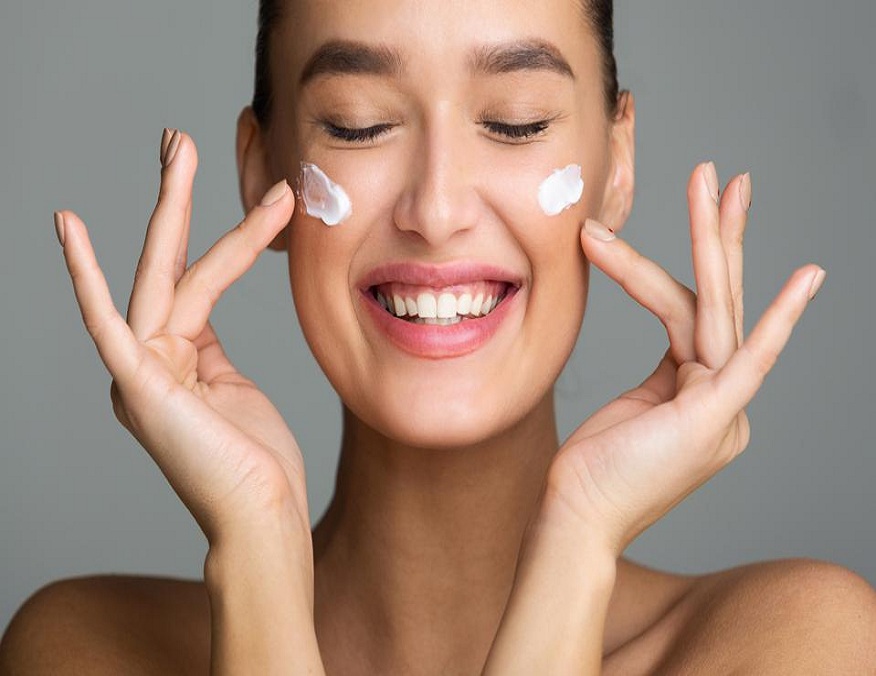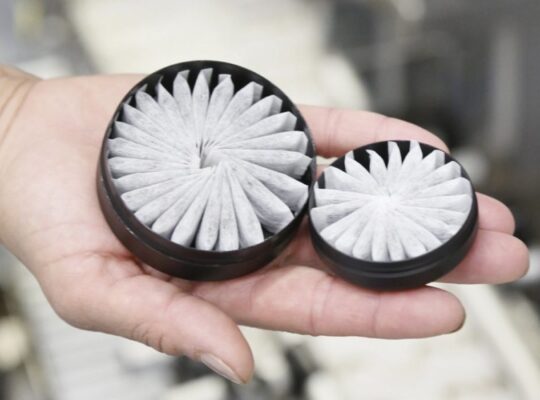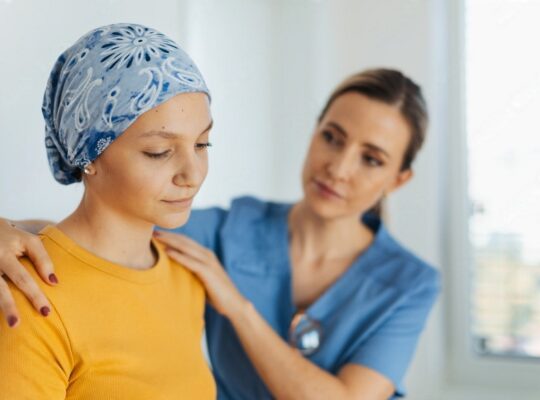1. A habit that dates back to childhood
We have the memory of our mother repeating the same beauty gestures day after day. We inevitably remember the smell of the products she applied to her face, the creams in pretty jars, the lotions in extraordinary bottles, and all this display of care was neatly lined up on a shelf.
After the first hormonal changes due to puberty, we naturally took the same path and started using creams adapted to our skin according to our age. Then, with the first make-up products, make-up removers and cleansing lotions had become our “must haves”. And since then, thanks to scientific advances, we have been able to adapt treatments to the needs of our skin in order to present a radiant face at any time of day and at any age.
2. Skin changes at different stages of life
The skin experiences many changes with age; it is also subject to all sorts of inconveniences which disturb the effectiveness of its protective role. Pollution, UV rays and lifestyle (lack of sleep, stress, poor diet) affect its freshness, elasticity and tone.
3. The skin of babies and children
The soft skin of babies is extremely thin due to the low density of cells and the lack of dynamism of the sebaceous and sweat glands. It is fragile and requires appropriate care.
Around the age of 4, the skin of children is a little less delicate than that of infants. It remains very sensitive to UV rays and external aggressions. It is only around the age of 12 that the skin begins to mature; its structure and function gradually become similar to that of the adult.
During teenagehood
Hormonal changes are responsible for changes in the skin of adolescents: 70% of them experience problems, often related to acne.
Not all teenagers have acne, some develop atopic dermatitis , or have sensitive skin, etc. The main causes of these imperfections are multiple:
- the result of intense sebum production,
- irregular desquamation of dead cells (corneocytes),
- microbial colonization leading to cysts or pustules,
- genetics, especially in the context of atopic dermatitis, or acne,
- the lifestyle.
Adulthood
The skin is already beginning to refine, the function of protection against external aggressions gradually weakens and the first wrinkles appear; the skin loses hydration and elasticity.
Mature skin
The low production of lipids leads to dryness and dehydration of the skin, wrinkles deepen. The epidermis loses volume and density, imperfections (hyperpigmentation) multiply.
There are also differences between men’s and women’s skin.
Men experience the same skin problems as women, however the presence of testosterone determines the characteristics, their epidermis is thicker and the aging process differs from that of women. In addition, they are less prone to dry skin than women, but may suffer from problems related, for example, to daily shaving.
The process of cell regeneration over the course of a day
If the skin changes during the major stages of a life cycle, it also follows a cell regeneration cycle which takes 28 days. However, cell regeneration takes place throughout the day, with increased activity during the night, mainly between midnight and 3 am. Effectively during the day, the skin fights against the negative effects of external aggressions that disrupt cell regeneration. During sleep, the protection mechanism is less stressed, it is the ideal time to optimize cell renewal: collagen production increases, pores open, oxygenation is maximum and toxins are destroyed; this is also the best time to repair cell damage, such as scarring.
The importance of providing appropriate care for the skin according to the cycle of life and the circadian cycle.
- Cutaneous chronobiology
- To sum up, the skin therefore reacts differently:
- depending on its type (oily, normal skin, etc.),
- it evolves following the major stages of life,
and is more or less active depending on the time of day; this is the circadian cycle, the duration of which is close to 24 hours.
Cosmetology laboratories have understood this well and have been able to adapt their products to meet the needs of each type of skin, at each time of the day and according to age.
Cutaneous chronobiology is the science that studies the natural rhythm of the skin. It highlights the division of the circadian cycle into 4 phases: morning, day, evening, night.
How does skin chronobiology optimize care?
- In the morning when you wake up: hydration and protection
The skin is rested; its activity is low and its hydration level is at its lowest; the rate of inflammation is also higher, small redness may appear.
In the morning, it is essential to deeply rehydrate and protect the skin against the various external aggressions that it will undergo with an antioxidant treatment.
- During the day: protection and energizing care
The skin continues to hydrate itself naturally throughout the day; depending on its type, excess sebum may appear in the early afternoon.
At the end of the afternoon, she begins to feel the first effects of fatigue; it is bland, dull, and gradually loses its shine.
During the day, make sure to apply light moisturizing and protective care, such as lotions, and boost its activity with energizing care.
- In the evening: make-up removal and cleaning mandatory, and night care
The skin has accumulated many harmful and polluting agents during the day, it must be prepared to receive the best care that will act during the night: its complete cleaning is a absolute necessity; if not done properly, the nightly repair process will be hampered. This is also the best time to apply specific care, serum and night cream.
- Night
Enriched with suitable night care (serum, cream), the skin will regenerate during sleep to protect you the following day against harmful environmental factors.







